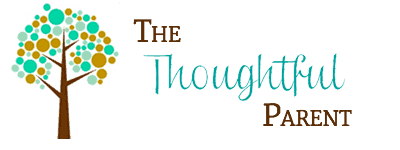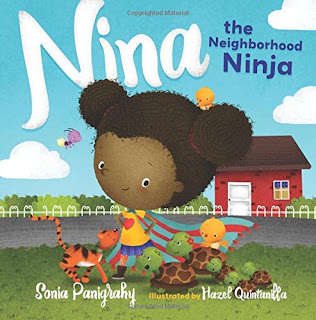If you have been reading this blog for any length of time, you have probably picked up on the idea that learning through play is really at the heart of early education. Research is continuing to show how toddler, preschoolers (and even early elementary kids) learn best through play, not rigorous academics.
How this really works in our kids’ daily lives, however, is often hard to see. As parents, we see our kids playing, but we may not pick up on the learning that’s really going on. That’s why I think many adults do not value the playful learning approach and why we have seen such a proliferation of “academic” preschools.
Ironically, the connection between play, problem-solving, and learning was really clarified for me after reading an odd combination of articles–piece about early childhood education, a research piece on problem solving, a children’s book about a ninja named Nina. How do these all relate?
Play in Early Education: The Intersection of Knowledge and Sociability
Even young kids have gained knowledge about the world around them (e.g., trucks are vehicles with wheels) and they use that knowledge in play with other kids to test ideas and learn new ideas. For example: Tina and Elliot are playing with vehicles on a ramp. Tina’s car is small, Elliot’s truck is larger. While rolling the vehicles on the ramp, Tina notices that her car rolls faster and a longer distance than Elliot’s large truck. She asks why and they begin talking about reasons why the car would go faster than the truck. With the guidance of a skilled teacher, they learn that the car goes faster because it is smaller and shorter. By interacting with each other, and through the guidance of an adult, the kids learned some new ideas through playing with vehicles.
Problem-Solving: The Engine for Learning
In the example above, how did the learning actually happen? If you look closely you will see that problem-solving is really the key component. The kids had a problem they did not know how to solve–why is one vehicle going faster than another? Research is showing that problem-solving is really the engine for learning in children. Another key point is that problem-solving seems to have less to with raw intelligence, but with the child’s ability to interact with others (the social aspect) to use and interpret the knowledge they have towards the completion of a goal.
Nina the Ninja: Learning through Problem-Solving
How does all this relate to a children’s book about Nina the Neighborhood Ninja? I was sent this book to review and at first I thought it was just a cute book about “girl-power.” While it is that, it also offers some great examples of how kids use play to solve problems.
Nina is just going about her day playing, when she encounters several problems that she want to help with but has to figure out how to do it. For instance, she’s running to get home before an oncoming storm hits when she sees a cat who needs shelter from the storm. She’s not sure how to make a shelter, but she uses whatever materials are lying around and her problem-solving skills to figure it out. She has soon built a little house for the cat to stay in out of the rain.
The story also shows how Nina works with her friends (in this case a sidekick firefly) to help solve problems. Her friend helps her problem-solve and use items like her cape to aid the animals that need help. Although Nina is a ninja, she doesn’t hold any special super powers–her main super power is problem-solving. How great is that!
In sum, research is showing us that young children learn best through play and problem-solving. This combination means that kids are self-motivated to learn because they are solving a problem that is meaningful to them. All of us, kids included, learn best when when the topic really is meaningful and interesting to us. Nina the Neighborhood Ninja illustrates this in lovely way. Through play and problem-solving, Nina not only learns some new ideas but helps her friends in the process–that’s a combination we hope all our kids can do.
**this post contains affiliate links
**I was provided with the book to review free of charge in exchange for my honest opinion


Leave a Reply